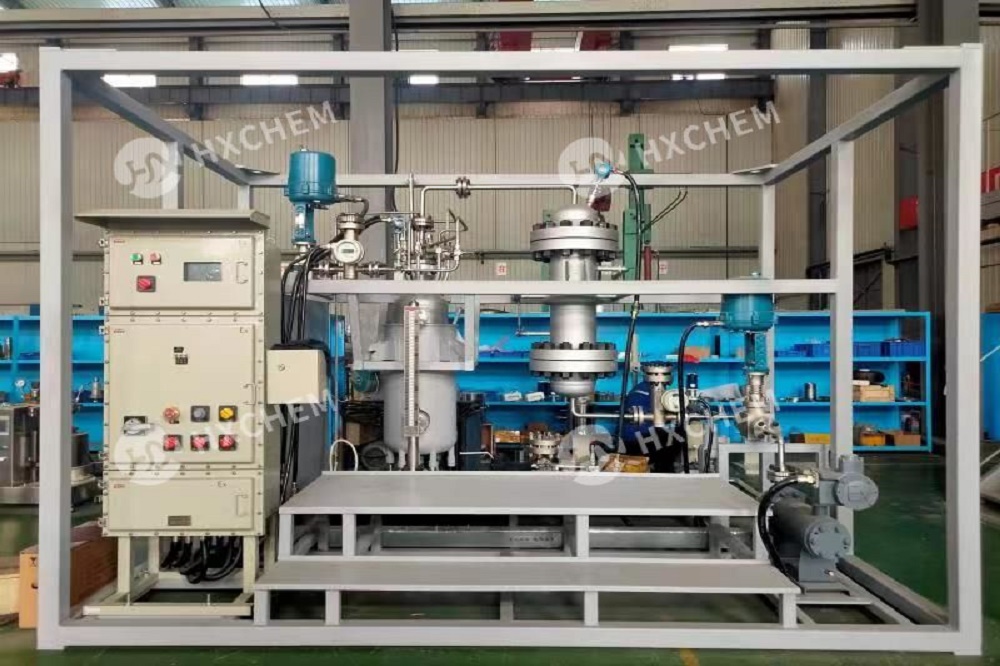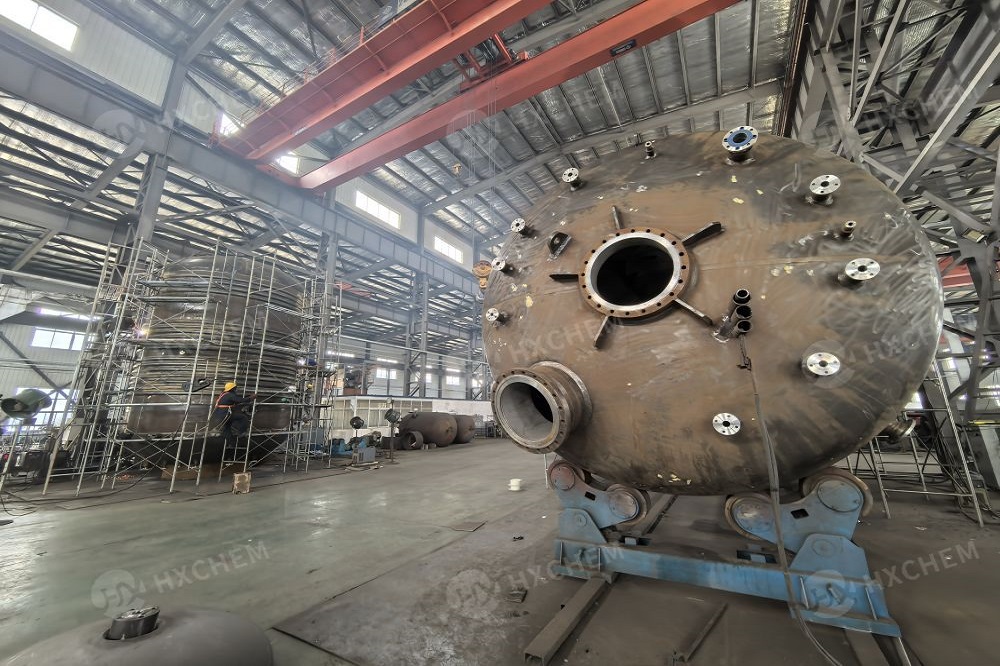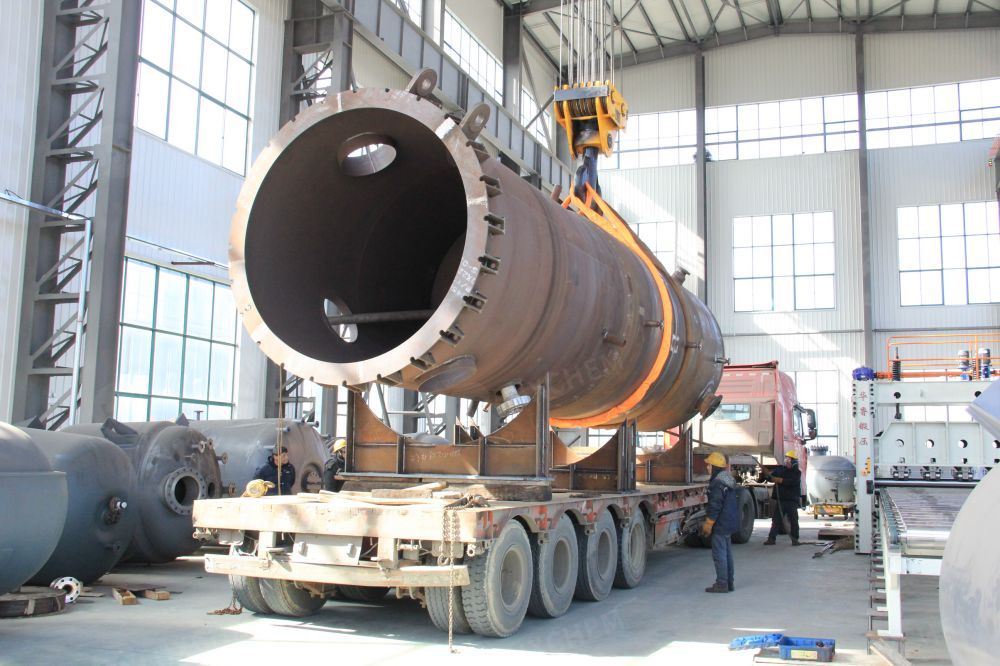Cheminio reaktoriaus apvalkalo dizaino apžvalga
2025-02-28
Chemical Reactor Jacket Design Overview
Designing a chemical reactor jacket involves several considerations to ensure efficient heat transfer, safety, and operational flexibility. Jackets are commonly used to control the temperature of the reactor contents by circulating a heating or cooling medium (e.g., water, steam, or thermal oil). Below is an overview of the key aspects of chemical reactor jacket type design:
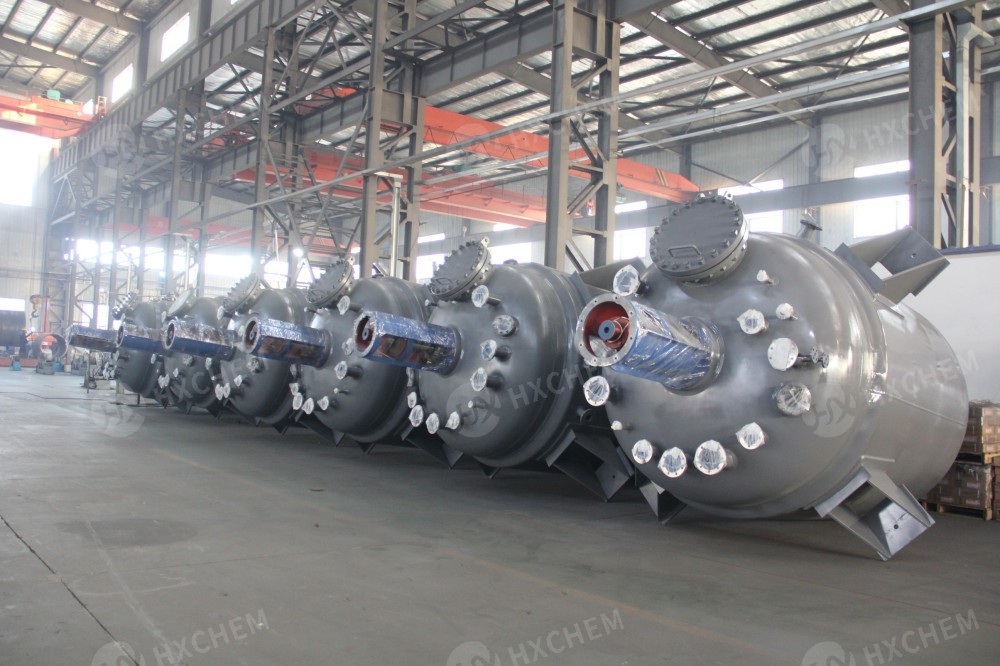
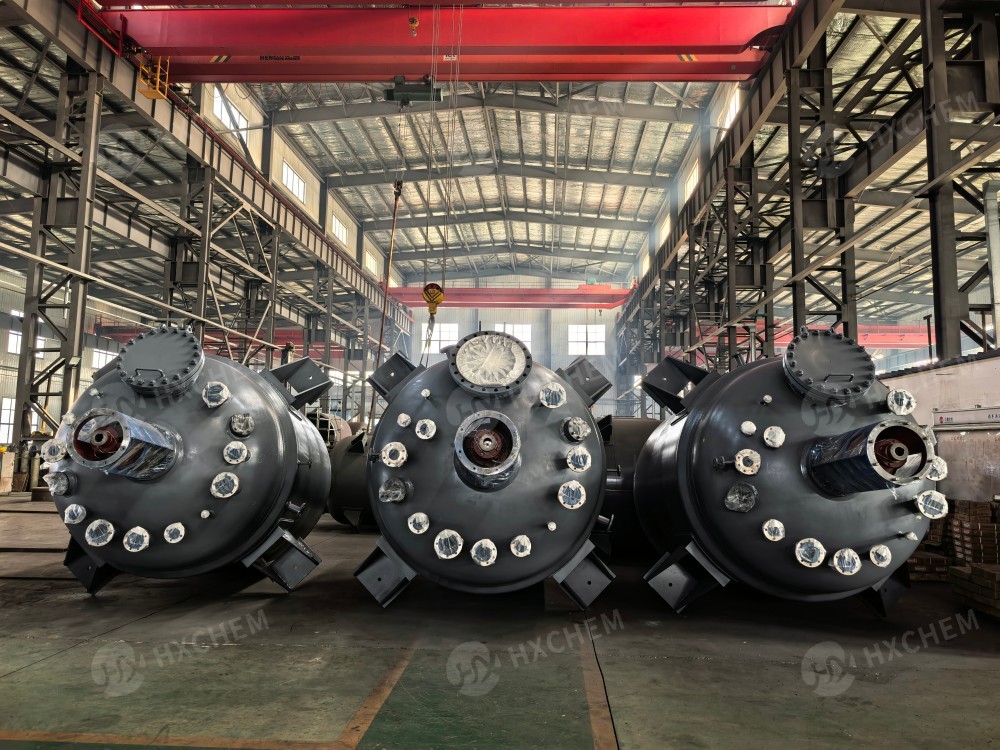
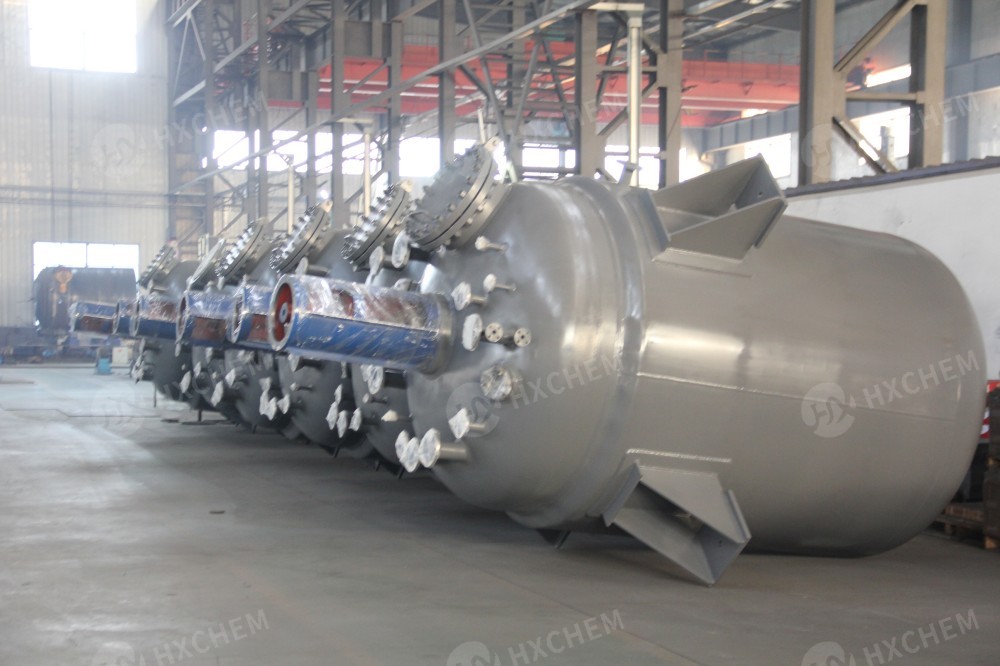
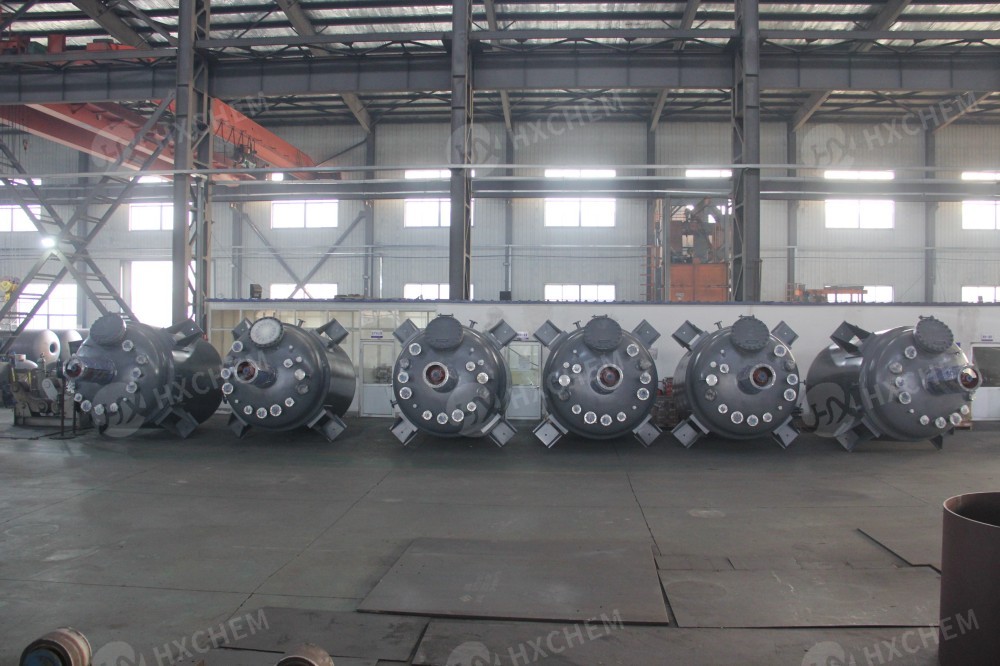
1. Types of Reactor Jackets
There are several types of jackets, each with its own advantages and applications:
a. Conventional Jacket
A single outer shell surrounding the reactor vessel.
Suitable for low to moderate heat transfer requirements.
Simple design and easy to maintain.
b. Dimpled Jacket
Features dimples or indentations on the jacket surface to increase turbulence and improve heat transfer efficiency.
Ideal for applications requiring higher heat transfer rates.
c. Half-Pipe Coil Jacket
Consists of a half-pipe welded around the reactor vessel.
Provides high heat transfer efficiency and can handle high pressures.
Commonly used in high-temperature or high-pressure applications.
d. Plate Coil Jacket
Uses plates welded to the reactor surface to form channels for the heat transfer fluid.
Offers excellent heat transfer and is compact in design.
e. Limpet Coil Jacket
Similar to a half-pipe coil but with a flat surface welded to the reactor.
Provides good heat transfer and is easier to clean than half-pipe designs.
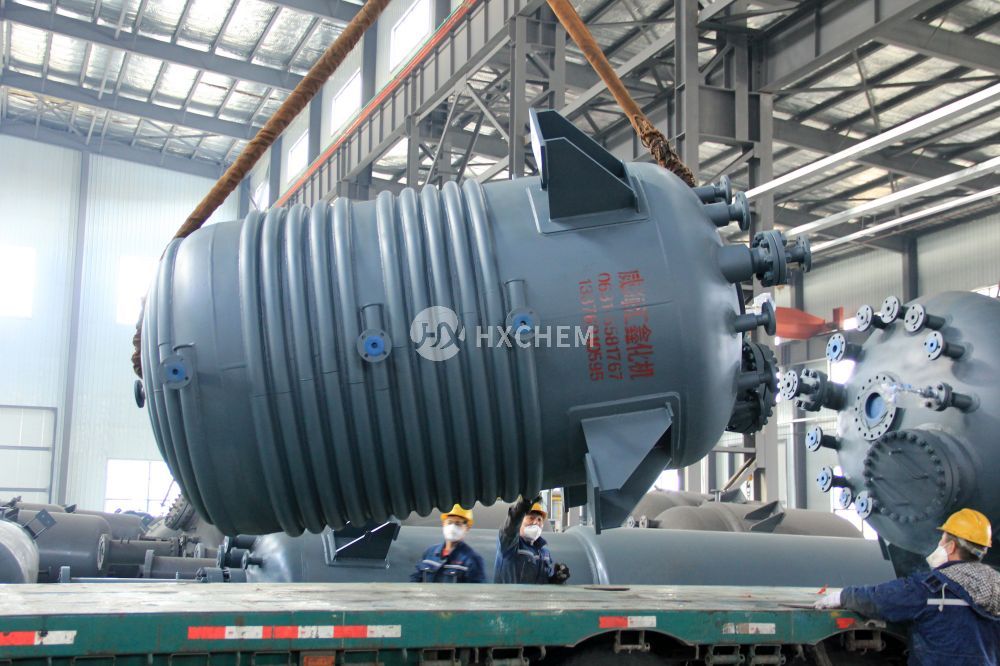
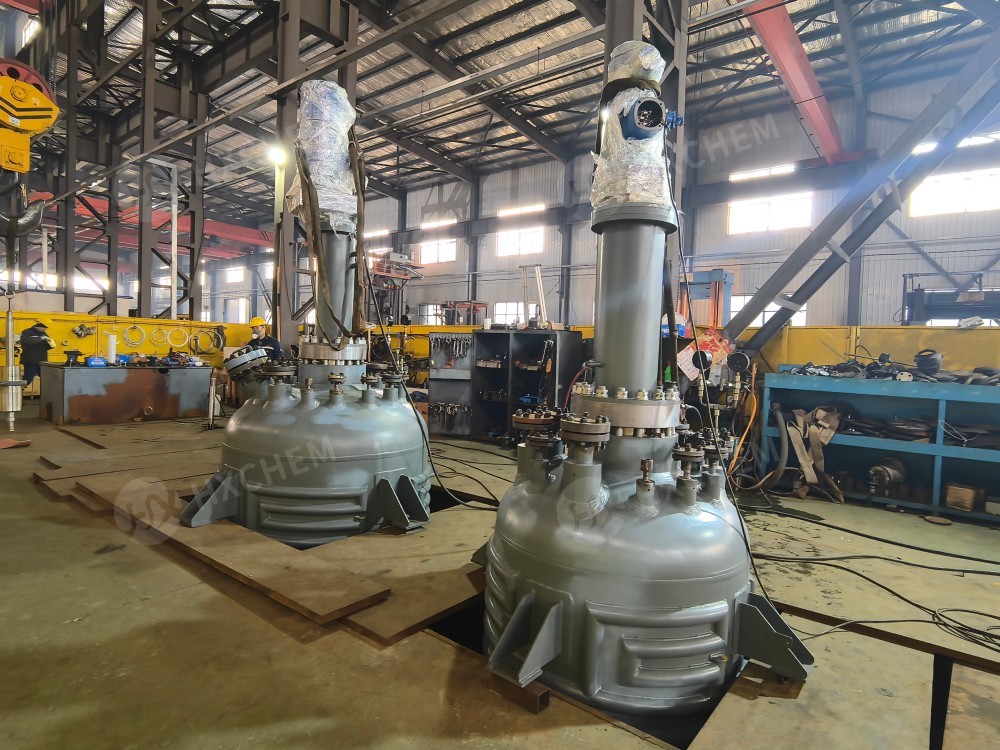
2. Design Considerations
When designing a reactor jacket, the following factors must be considered:
a. Heat Transfer Requirements
Determine the required heat transfer rate (Q) based on the reactor's thermal load.
b. Jacket Pressure and Temperature
Ensure the jacket design can withstand the operating pressure and temperature of the heating/cooling medium.
Select materials compatible with the process and jacket fluid.
c. Flow Distribution
Design the jacket to ensure uniform flow of the heating/cooling medium to avoid hot or cold spots.
Use baffles or multiple inlet/outlet ports if necessary.
d. Material Selection
Choose materials resistant to corrosion, erosion, and thermal stress.
Common materials include stainless steel, carbon steel, and alloys like Hastelloy or Inconel.
e. Insulation
Insulate the jacket to minimize heat loss and improve energy efficiency.
f. Maintenance and Cleaning
Design the jacket for easy inspection, cleaning, and maintenance.
Consider removable covers or access points for internal cleaning.
g. Safety
Include safety features such as pressure relief valves, temperature sensors, and fail-safe mechanisms.
Ensure compliance with industry standards (e.g., ASME, PED).
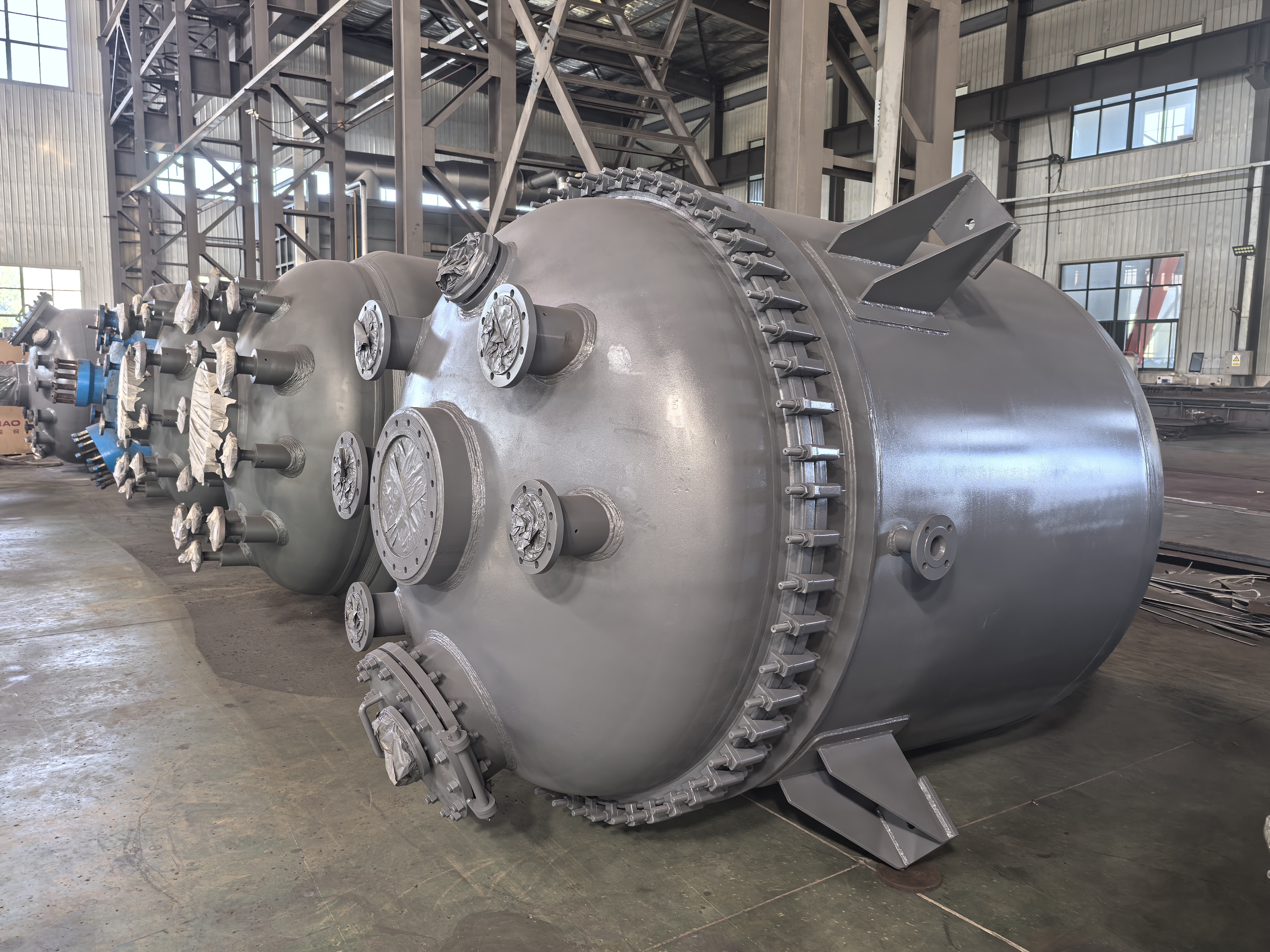
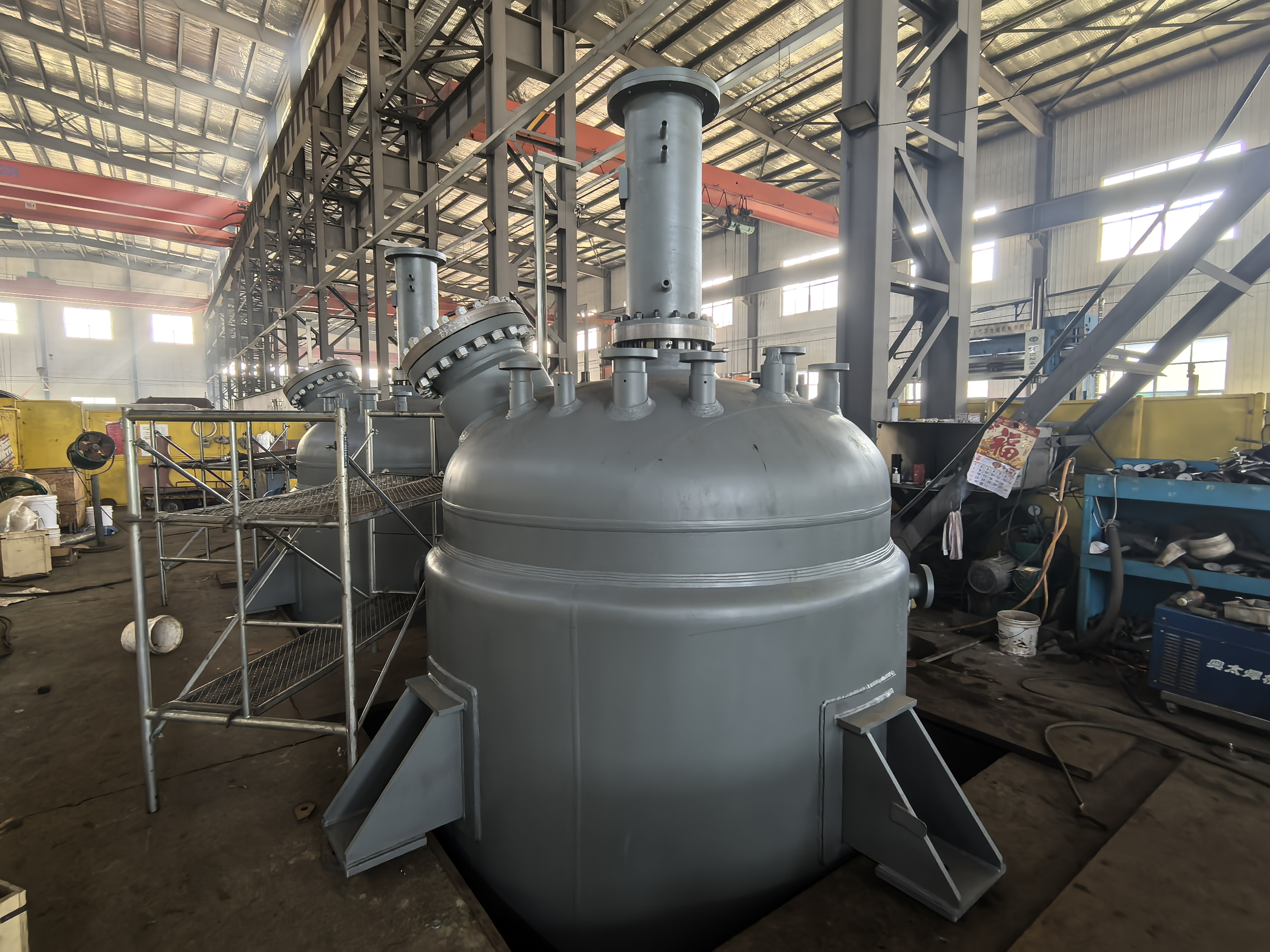
3. Jacket Configuration
The jacket can be configured in different ways depending on the reactor design and process requirements:
a. Full Jacket
Covers the entire reactor vessel.
Provides uniform heating/cooling.
b. Partial Jacket
Covers only a portion of the reactor (e.g., the bottom or sides).
Used when full coverage is not necessary.
c. Multi-Zone Jacket
Divides the jacket into multiple zones with independent temperature control.
Useful for reactors with varying temperature requirements.
4. Jacket Fluid Selection
The choice of heating/cooling medium depends on the temperature range and process requirements:
Water: For moderate temperatures (up to 100°C).
Steam: For high-temperature heating.
Thermal Oil: For very high temperatures (up to 300°C or more).
Chilled Water or Glycol: For cooling applications.
5. Calculations and Simulations
Perform thermal and hydraulic calculations to optimize the jacket design.
Use computational fluid dynamics (CFD) simulations to analyze flow patterns and heat transfer efficiency.
6. Standards and Codes
Ensure the jacket design complies with relevant standards, such as:
ASME Boiler and Pressure Vessel Code (BPVC).
Pressure Equipment Directive (PED) for European markets.
Local regulations and safety standards.
7. Example Applications
Batch Reactors: Often use conventional or dimpled jackets.
Continuous Reactors: May use half-pipe or plate coil jackets for efficient heat transfer.
High-Pressure Reactors: Typically use half-pipe or limpet coil jackets.
By carefully considering these factors, a well-designed reactor jacket can ensure optimal process performance, safety, and longevity.
.

